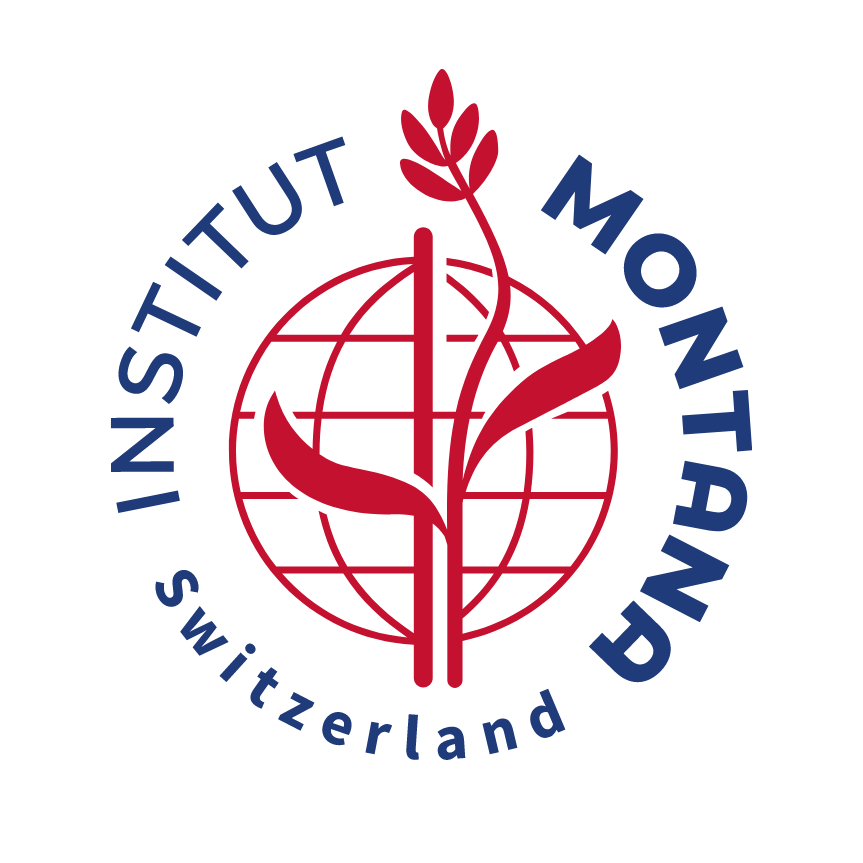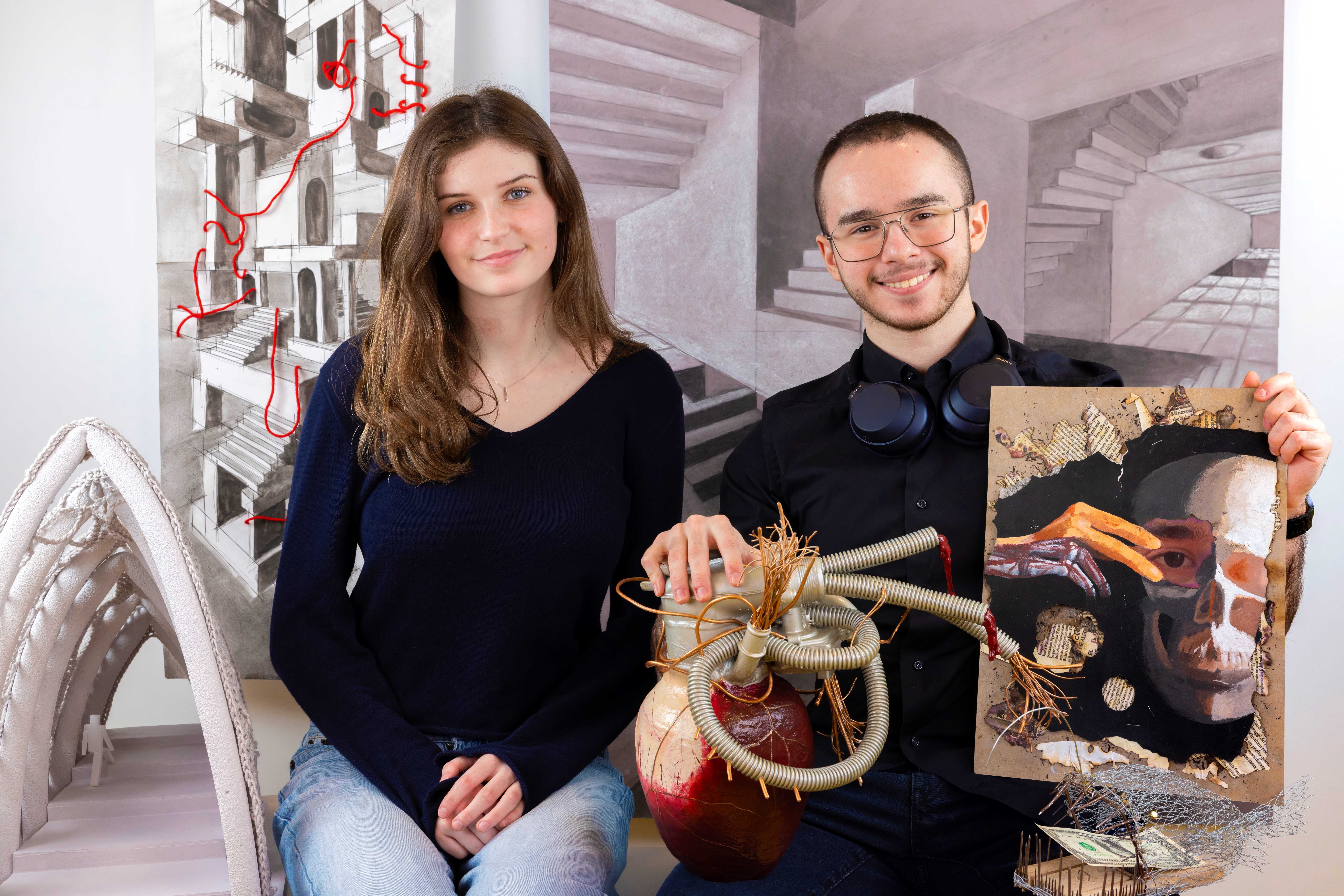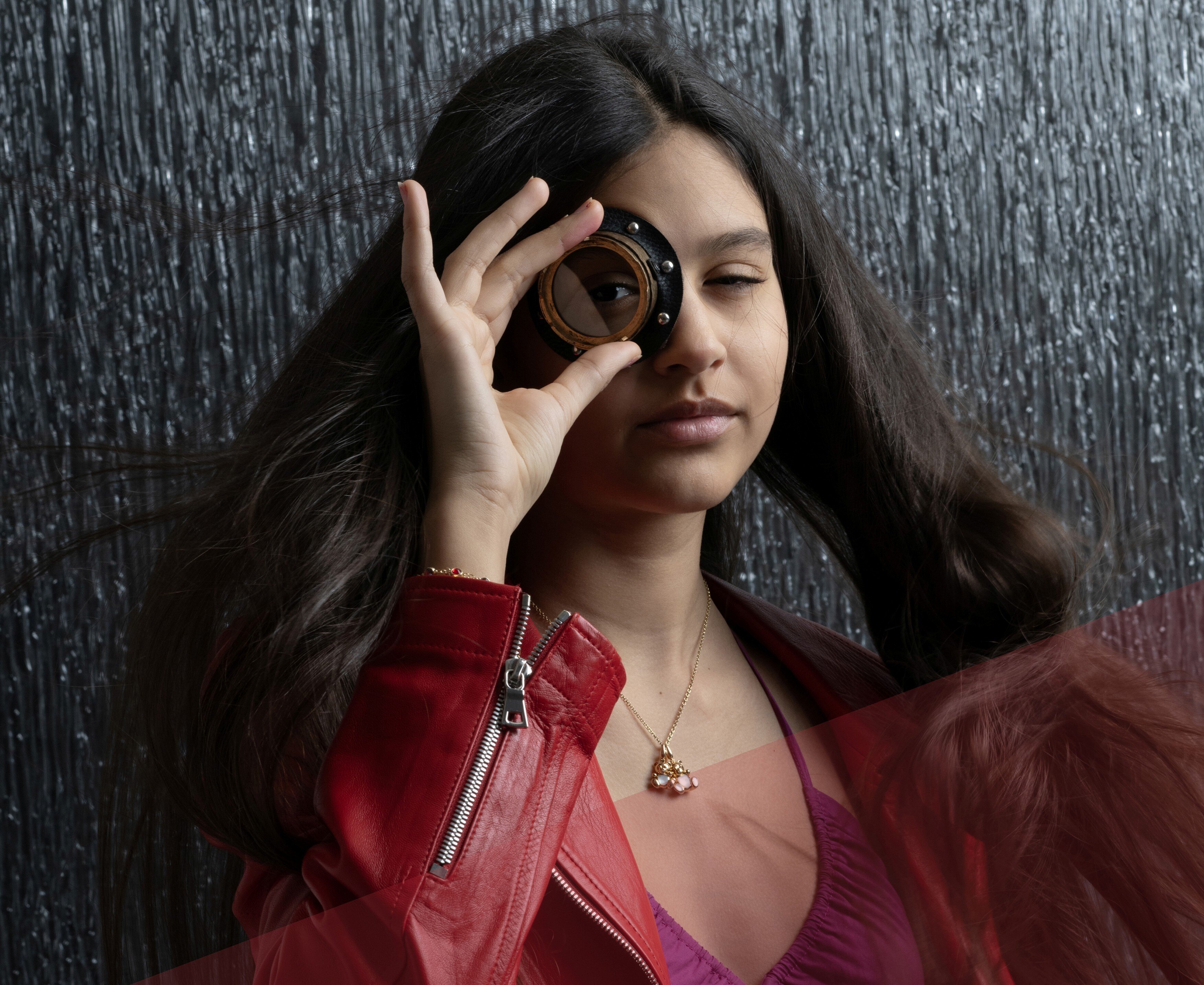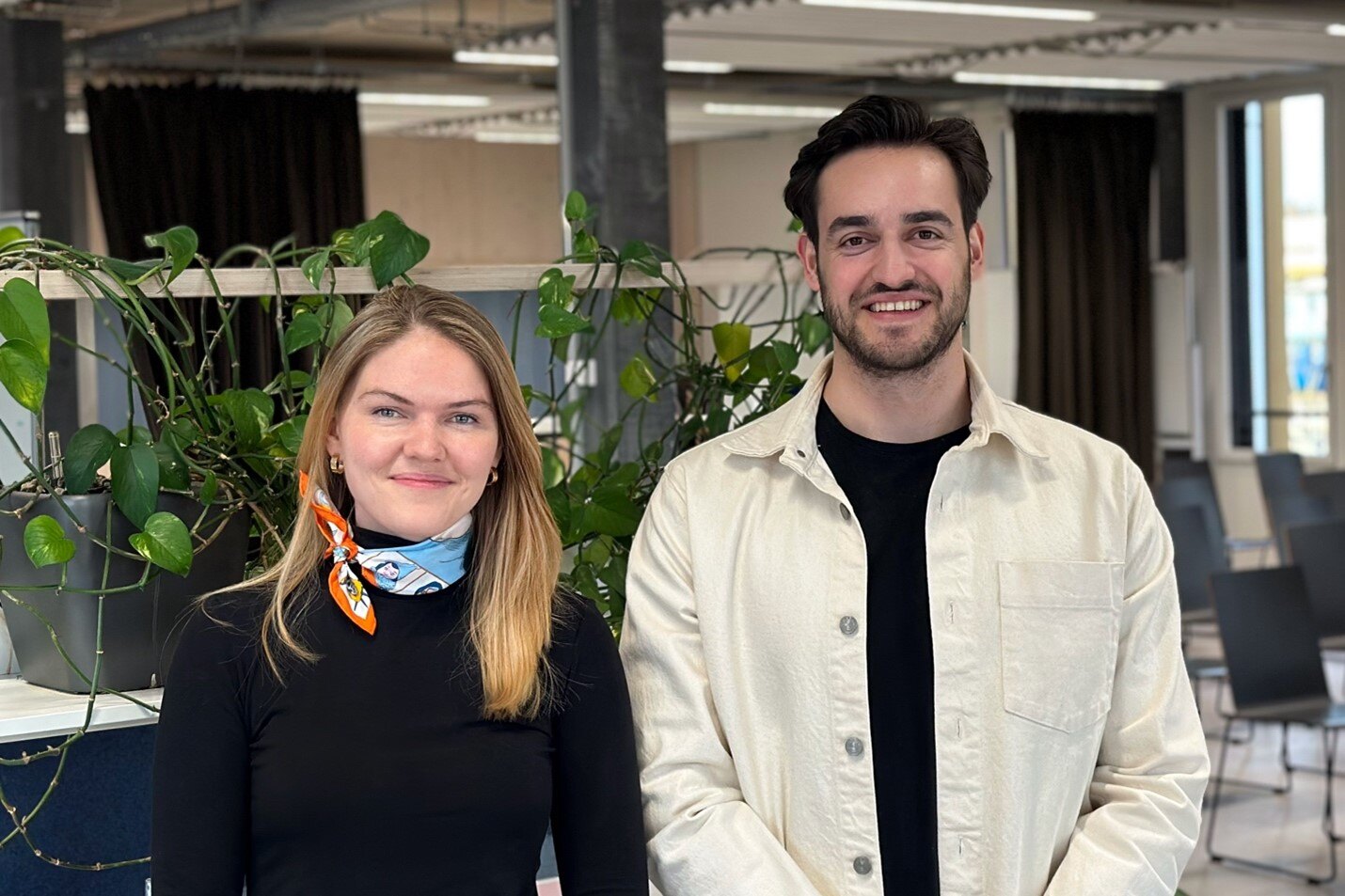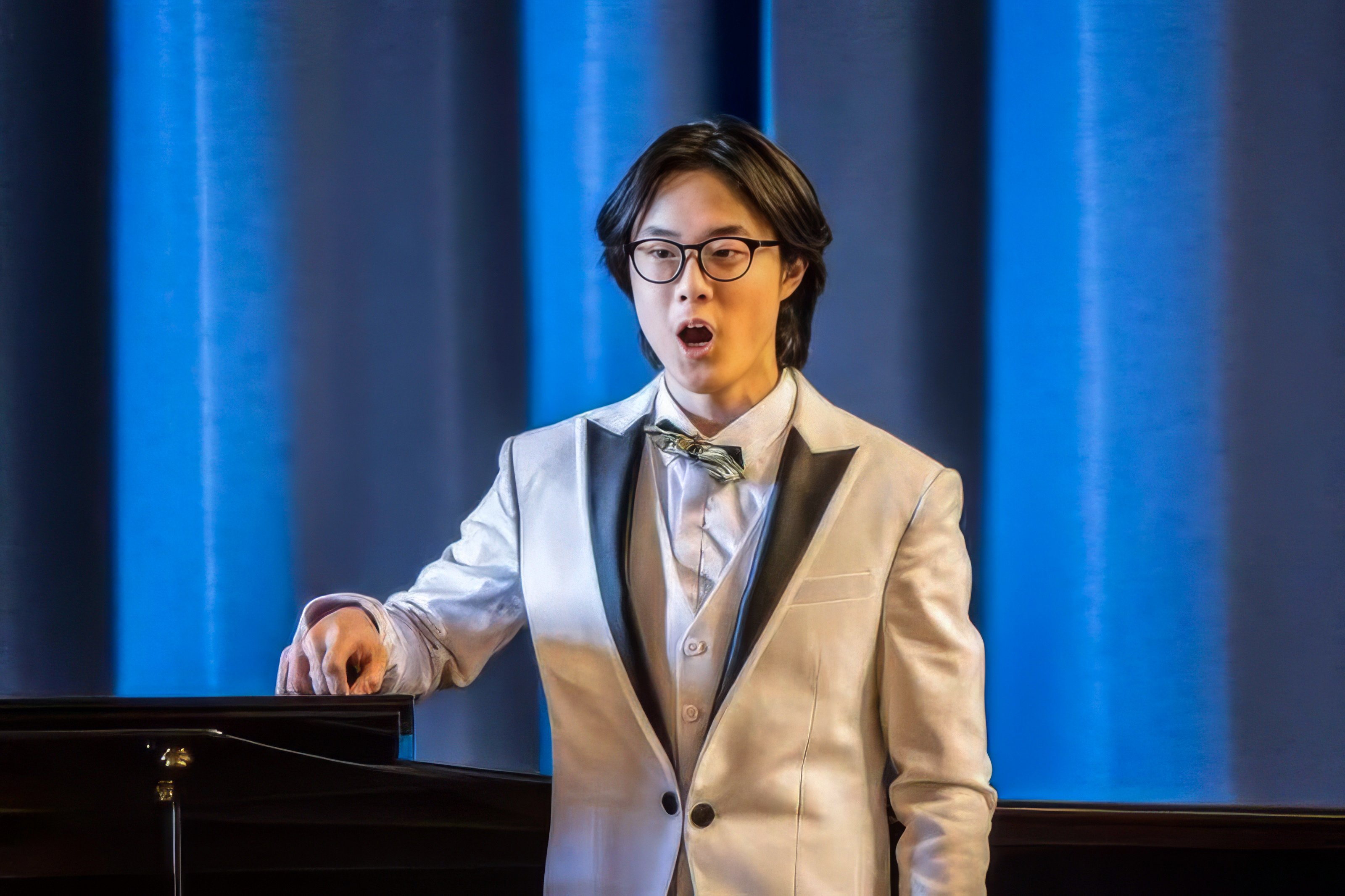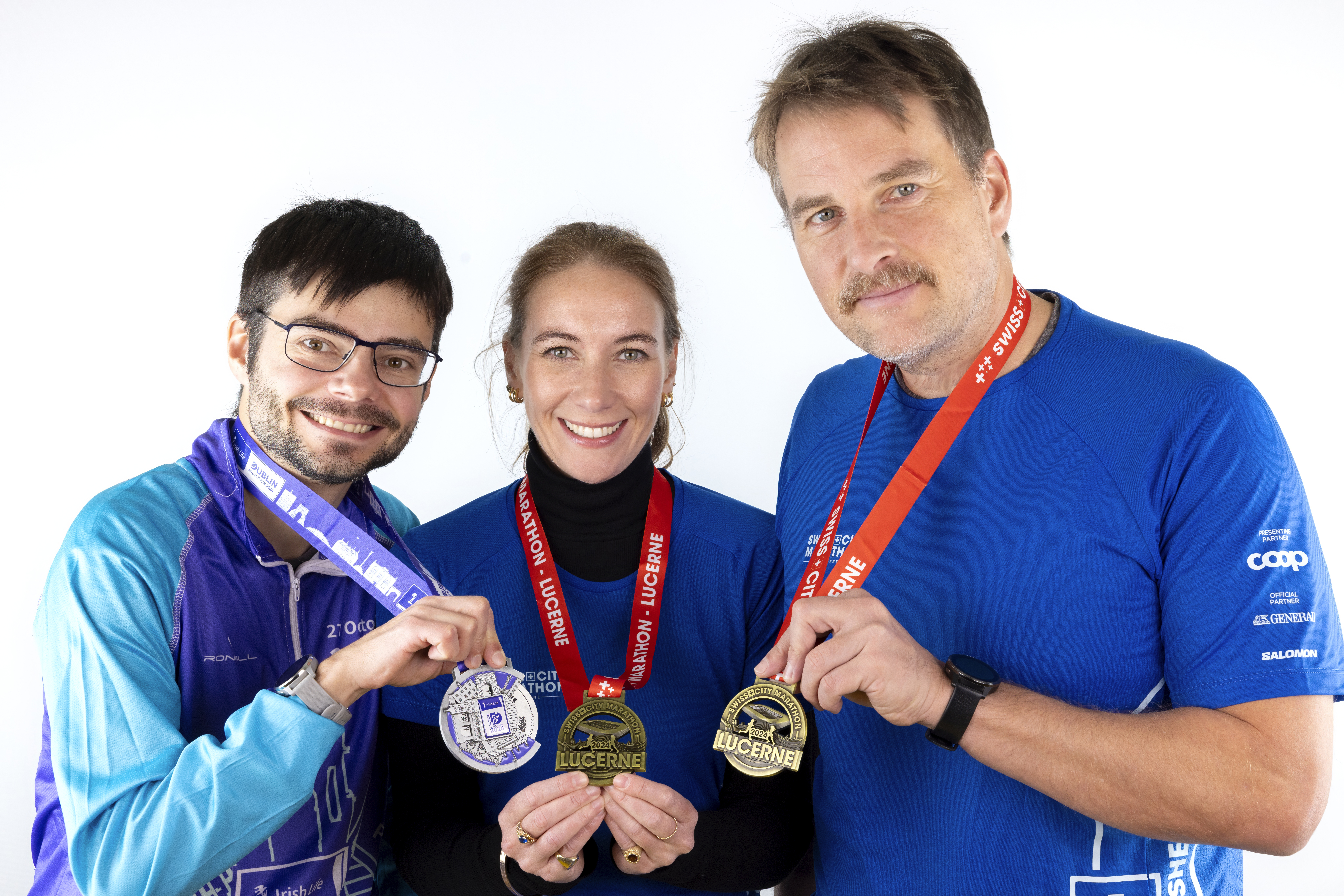Parent Feature: Interview with a “Super Mom” Julia Ramlogan.
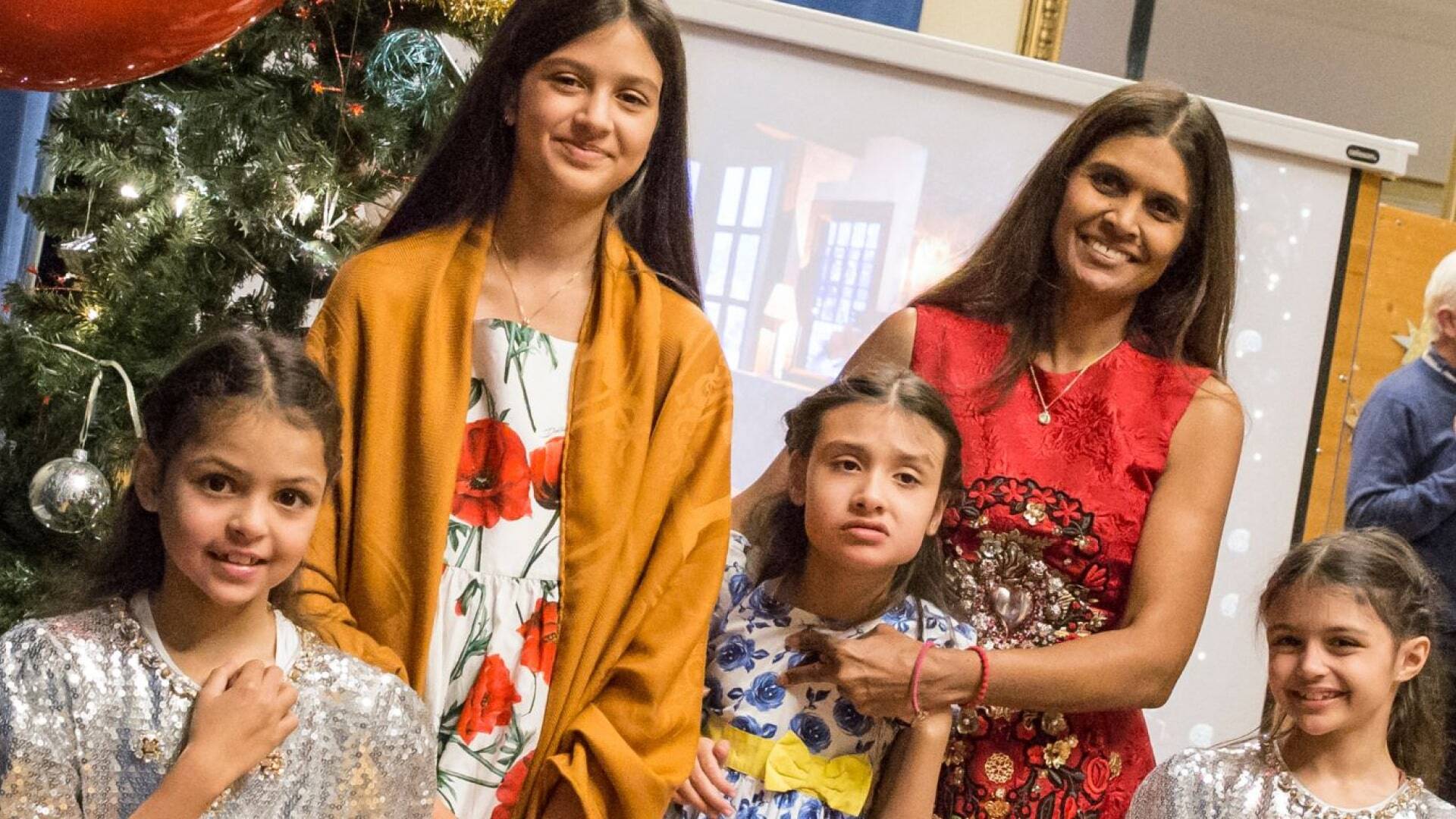
Balancing Family, Work, and Pursuing a Cure for RETT syndrome.
A frequent presence at Institut Montana Zugerberg, Julia might be a familiar face you have seen from our previous RETT Awareness events or times when she picks up her daughters on campus. Her 1000-watt smile, contagious energy, and uplifting vibes instantly fill the air as you engage with her.
But who exactly is Julia? While many recognize her as the mother of Chloé, an 11-year-old RETT syndrome patient, and as the parent of our students Justine, Amélie, and Charlotte, few may know she's also a respected finance professional, entrepreneur, educator, and the founder behind the RETT Cure Research Institute. Such diverse roles that make you wonder, how does she manage it all?
In an exclusive conversation, we had the privilege to hear her story, as she delves into her daily trials and triumphs while navigating as both a mother and a multi-faceted professional, particularly as a driving force behind the RETT Cure Research Institute.
Explore our interview to learn about her journey.

M: Julia, what brought you to Switzerland?
Julia: With my banking experience, I came to Switzerland from Trinidad and Tobago 20 years ago to pursue a doctorate in finance/corporate governance at the University of St. Gallen. I chose Switzerland for its strong reputation in banking and finance, even though it's not a typical destination for students from my country. I worked at UBS in Zurich in parallel to my doctoral program, which I successfully completed in 2009.
M: What brought you to Institut Montana?
Julia: While working in banking years ago in Zurich, I was fortunate to have Pierre Mirabaud, one of Montana’s alumni, as my business mentor. Learning about my search for an exceptional education for my children, he recommended Institut Montana. I explored, visited, and researched various schools in Switzerland. I came to Montana with Justine when she was a few months old and had a very positive first impression with their warm welcome and their thorough and strict assessment, both academically and socially, before entry approval. Now 13, Justine is a student of Montana’s Swiss Gymnasium section, and she’s joined by her younger twin sisters Amélie and Charlotte.
M: How do you feel about the school, the education and the community?
Julia: I really like Institut Montana for many reasons. They have small classes, qualified teachers, a solid management team, and offers several options of educations to choose from. It’s rich in history and diverse cultural backgrounds from students and teachers. My daughters enjoy a variety of after-school activities and clubs as well as healthy and freshly prepared meals. I’m also happy the campus has clean surrounding, spacious grounds and facilities. It’s a safe place, which is super important to me. I see how the discipline of academic work together with the sport and music, nurtures the students’ passion. My three girls are always eager to go to school in the mornings and when I pick them up, they talk and laugh about the wonderful day they had – this in itself is attestation to the all round positivity of the school. I like the feeling of ‘keeping your feet on the ground’ that encourage children to be future leaders in a down to earth and grounded manner.

M: Tell us about your own upbringing, how is your family like?
Julia: Oh, very diverse. In terms of education, interests and careers. I’m grateful to have had parents who encouraged us to pursue our own paths. We are six siblings. I’m in Finance, one sister is a Mechanical Engineer, others are in Economics/Oil and Gas Industry and Business. We have rich, diverse conversations as everyone brings unique perspectives to the table.
M: You are a mother of 4 daughters. You’re also running your own Consulting Company, a Lecturer, a Corporate Governance Portfolio Partner, and founder of the RETT Cure Research Institute. What is your typical day?
Julia: I wear so many hats in my life. I start at 5:45 AM. While ironing, I call kids to get ready. I drive Justine, Amélie and Charlotte as they go to the same school at Institut Montana, then I drive Chloé to her special needs school that starts at 8 AM. In between all of this I do my thinking so as to ensure I complete all work and other deadlines.
When I get back home around 8.30, I multitask - clean, shop for groceries, pre-prepare dinner and take care of administrative work. In addition I do my work online – all of these being done from 9 am to 2 pm. Later in the afternoon, I pick up the kids, take them to their respective out of school after school activities, doctors and dentists appointments, finalize dinner, help them with homework, prepare them to sleep and then continue to work until at least midnight.
Sometimes I have to call a nanny when I have meetings or events but on a daily basis, I do everything pretty much by myself.
M: One of your daughters Chloé, suffers from RETT syndrome. How and when was she diagnosed?
Julia: It started when we noticed that from around 9 to 14 months old, she showed signs of slightly lacking of motoric skills. Despite a series of tests and MRI at the Children Hospital in Zürich, I could not get any conclusive diagnosis, until a genetic testing later on. In June, 2014, she was diagnosed with RETT Syndrome, when she was 2 years old.
I went to see a RETT Syndrome expert, Professor Angus Clark at Cardiff University in Wales for a second opinion, who also confirmed the diagnoses after an evaluation. From the moment Chloé was diagnosed with RETT syndrome, I spent every spare moment to investigate locally and internationally on anything that could help to make her life better.

M: What would you say, the biggest challenge you are going through in caring for a daughter with RETT syndrome?
Julia: I have to put my 24/7 hour attention that she is safe. Fear is a challenge because RETT Syndrome causes regression and among many other points, patients experience ‘breathing problems’ to the extent that it could be fatal. There are certain drugs that should absolutely be avoided. They regress physically and mentally. As we enter into a new day, patients with RETT Syndrome risk to go backwards – if time would stop, we have the chance that they don’t regress but in reality time does not stop. That a cure is not found on time to allow her to survive is my biggest fear.
M: Are there misconceptions or stereotypes that most people have about RETT syndrome or particularly, about Chloé your daughter?
Julia: I was told that RETT syndrome patients have little or no ability to learn or understand. I refused to accept this. I thought there must be something I can do. So, I did everything in my power to improve her life. There are several examples that allows me to justify that Chloé can learn to a certain degree:
- Realize to control a situation: She used to uncontrollably put her hand in her mouth. I got her a bamboo brace that prevented her from moving her hand to the mouth without removing flexibility and even when not using the brace, she stopped doing it as often.
- Learn to walk: I was told she would have problems walking. I engaged a physiotherapist at home to work regularly and for a prolonged time with Chloé and she finally walked.
- Walk for more than just a short time: I was also told RETT syndrome patients would only walk for a very short time and quickly end up in a wheelchair. This is not true in all cases. With Chloé for example, she continues walking until today and she is now almost 12 years old.
- Pick up food and put in or towards the mouth: After repetitive training, she could take pieces of food with her hand and put it in her mouth (not perfectly but she learnt to do that).
My point is, opposite to what I was told, they do actually understand and can learn. At least I have observed this in the case of Chloé. Important to note however is: they are not able to do any of this on their own – they need help with everything and cannot be left on their own – as it seems ‘they know no danger’.
M: Tell us about this special tablet that Chloe is using to communicate with others?
Julia: It’s called Tobii. I got to know about this machine from Prof Angus Clarke. It’s a tablet controlled completely with your eyes to communicate, built for people with conditions such as cerebral palsy, RETT syndrome or ALS. You can learn, communicate, interact, play on the device. It helps Chloé to communicate with us at a certain level.
M: After Chloe’s diagnosis in 2014, you founded the RETT Cure Institute in 2021. What are the goals and who helped you in the journey?
Julia: The goals are to educate people more about RETT Syndrome and assist in the scientific research in speeding up the process to find a cure. I started initially on my own but along the way, I got and continue to get help from various experts and other professionals. I would like to highlight that I have been researching ‘silently and informally’ since Chloé was diagnosed in 2014 but it was only in 2021 that I finally made it formal. After Chloé met and shared very touching short but precious moments with Sharon Stone in September of 2021, and after my few words to her about the research on RETT and her positive answer back and inspiration (which I will never forget), it triggered the moment to formalize the Research Institute which I then did in November of 2021 (2 months later). RETT patients are facing regressions, which is why I hope the research can speed up the process in finding the cure.
Institute Montana Zugerberg has also been giving their enormous support in several ways. For instance, they organized a RETT syndrome Awareness Month in October, with several successful events. A prominent one was a concert conducted by the Head of Music Guido Bissig in 2023 to support RETT Syndrome.

M: What are some significant breakthroughs or advancement from RETT Cure Institute that have positive impact to patients with RETT syndrome?
Julia: Since RETT Cure Institute was founded, we have created more awareness about it and educated more people. We have uplifted some RETT Families by including them in events where they had the possibility to meet the experts in person and get feedback and current information, such as:
Informing that there are three important facts about Rett syndrome that make us optimistic that a cure is possible:
- Rett is caused by mutations in a single gene, MECP2
- The disorder is not neurodegenerative (brain cells are not dying);
- Restoring levels of the MECP2 protein reverses symptoms in an animal model of the disorder.
Last year the first gene therapy trials started, so there is hope.
M: What are your hopes and dreams for your daughter Chloé and patients with RETT syndrome in general?
Julia: That a cure is found in a speedy manner for Chloé and all the RETT syndrome people around the world. I would like to add some words her sister Justine wrote in a beautiful way. She said, her wish is that Rett people will:
R: Reach old age with E: enjoyable life; T: talk to everything and everyone and T: tell what she wants to say
M: What would you advice parents who have families that suffer from RETT syndrome?
Julia: Don’t give up for a cure. Take your child out together with the whole family instead of excluding them, and keep them close to you in your home. Focus on what you can do to improve their lives instead of dwelling on the challenges. While they are with us, make the effort to enjoy every second you can with them. If you feel you can help in any way in the speeding up process to finding a cure, I will be happy to hear from you – together we can make it faster – I am sure we have enough experts even within the RETT family network around the world who can trigger a breakthrough while working together for this common cause.
M: When you’re not busy with work or caregiving responsibilities, what do you do as hobbies?
Julia: Hmm, maybe drive a boat again (broke in laughter). I do have a boat license you know!
M: With so much going on, what are your tips to stay strong, and stay grounded?
Julia: Keep the faith. Patience is vital. Believe that there is a way and work towards finding the way. My children, their smiles and love, are the sources of my strength. I believe that I may have been given Chloé so there is a person here who would fight hard without giving up in finding a cure and everything else that can make RETT patients have a comfortable life.
M: What does one need to go through what you do?
Julia: I would say, positive attitude, stamina, discipline, tolerance, a lot of patience, a solid educational foundation, continuous organization, good network. Also, have peace in your heart, forgive the ones that cause you hardship. And "keep your feet on the ground."
What a remarkable journey that reminds us to be grateful for what we have and maintain faith during life’s challenging moments. Thank you, Julia, for the inspiring conversation.
Julia would love to give a huge gratitude to professionals and organizations who have supported her throughout her journey:
-
Prof Dr Angus Clarke
-
Prof Dr Stuart Cobb
-
Prof Dr Michael Grotzer
-
Dr Lucia Abela-Arnold
-
Dr Niklaus Lang
-
Prof Dr Niklaus Krayenbühl
-
Prof Dr Martin Hilb
-
Prof Andrea Büchler
-
Prof Dr. Christoph Schenker
-
Prof Dr. Gerd Kullak
-
Dr. Bryan E. McGill, M:D., Ph.D. (Senior Medical Director, Translanional Medicine, Gene Therapies, from Novartis
-
Ray Soudah
-
Ana Lombard
-
Dr. Katharina Steindl – Genetics Zurich
-
Prof. Dr. Anita Rauch – Genetics Zurich
-
Various therapists in Zurich (Speech, Play, Ergo, Physio etc)
-
Hippo Therapist Jeanne von Gunten from Klinik Lengg AG
-
Ivan Zavagni (eye gazing communication tools for communication)
-
Becky Jenner (President Rett Europe)
-
Dr Gill Townend (specific Communication for RETT)
-
Schule für Kinder + Jugendliche mit körper + Mehrfachbehinderung, Zürich
-
Kindergarten school: Heilpädagogischen Schule Fachzentrum Schwamendingen
-
Monica Coenraads (CEO: Rett Syndrome Research Trust)
-
Institut Montana Zugerberg
-
Hotel Baur au Lac and the entire team
-
Tony Mola (Black Frame Studios)
-
David Biedert Photography
-
Dr Catharina Bening
-
Sharon Stone (for the added motivation and the blessing to Chloé)
Julia Ramlogan is a lecturer and a portfolio partner at St. Gallen University, a Clarity Consulting entrepreneur/advisor, and the founder of RETT Cure Research Institute. https://www.rett-cure.ch/
Reach out to her at: juliaindera.ramlogan@unisg.ch
Photo credit: Tony Mola, David Biedert, Natascha T, Institut Montana, Julia R
